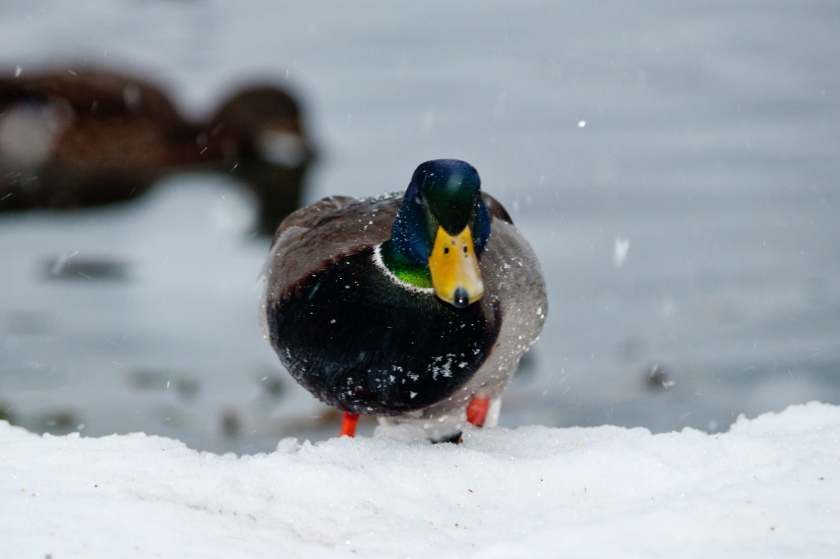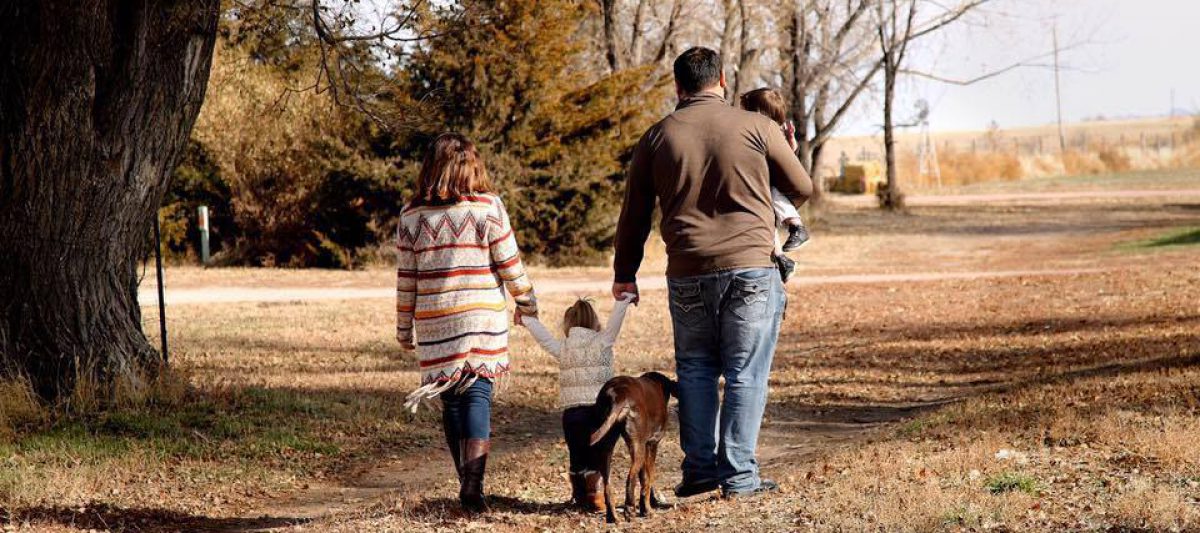
When we think of conservation, a lot of you may think of replanting trees in a heavily deforested area or picking trash up from a littered highway. However, there is one group of conservations that donate and give more money that any conservation effort, and this is group is our men and woman who chose to hunt and fish. Every year, hundreds of thousands of dollars are poured into conservation efforts though purchasing hunting licenses, fishing permits, state park tags, and even boat permits. It was calculated that the estimated yearly funds raised and received through our hunting and fishing systems was $795 million! This was donated to conservation efforts and programs to educate young people on how and we conserve nature.
These efforts are usually state to state, but when you combine what they do on the national level, its a site to see. According to Rocky Mountain Elf Foundation (RMEF), hunters have helped bring native animals form the brink of extinction to a bountiful population. They have also helped keep native habitat, such as the Oglala Grasslands near Crawford NE untouched and in pristine shape. Another effort hat was done was the re-establishment of pronghorns. In 1950, on 12,000 pronghorn roamed the midwest. Today, there are more than a million thriving on the prairies.
There are so many great things that hunters and fisherman were able to do because they believed in keeping the outdoors in pristine condition. But it baffles me as to why people are trying to cut these programs in the name of conservation when they should be partnering together. According to Michigan’s department of resources, they believe they hunting and wildlife conservation should go hand in hand. Through the Pittman-Roberts Act, hunters have shared the bulk of funding wildlife conservation efforts as well has being on the front lines at managing animal populations that are compatible human activity.
Every year, I personally go waterfowl hunting on a pond in the middle of a corn field. And just to hunt these animals I have to purchase a hunting permit, habitat stamp, state water fowl stamp, and a federal stamp. All of this adds up to about $100, and this just the paper that says I can hunt. I also purchase shotgun shells that have heavy taxes. Knowing that my money is going to conservation efforts makes me feel that I am investing my money that not only lets me enjoy the outdoors, but conserve the outdoors so that the future generations of my family may also enjoy them.
Here’s a great video that shows just how much hunters and fisherman contribute”
